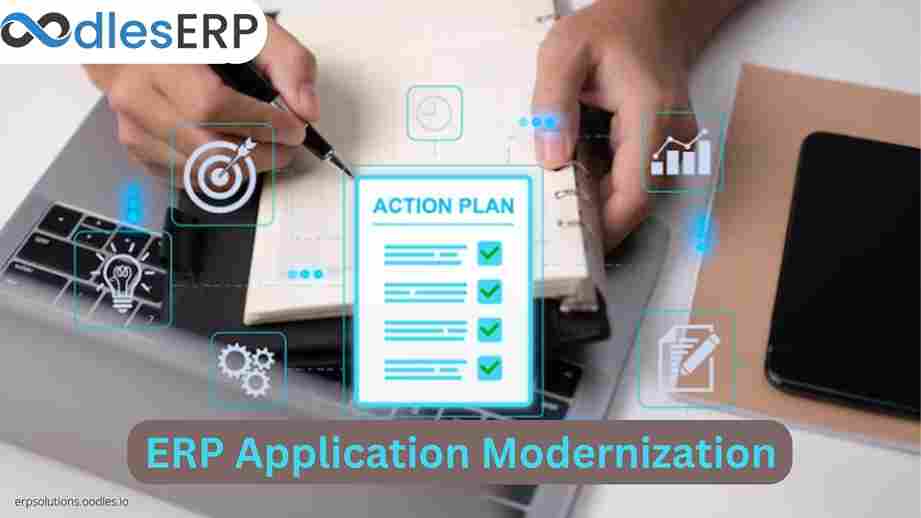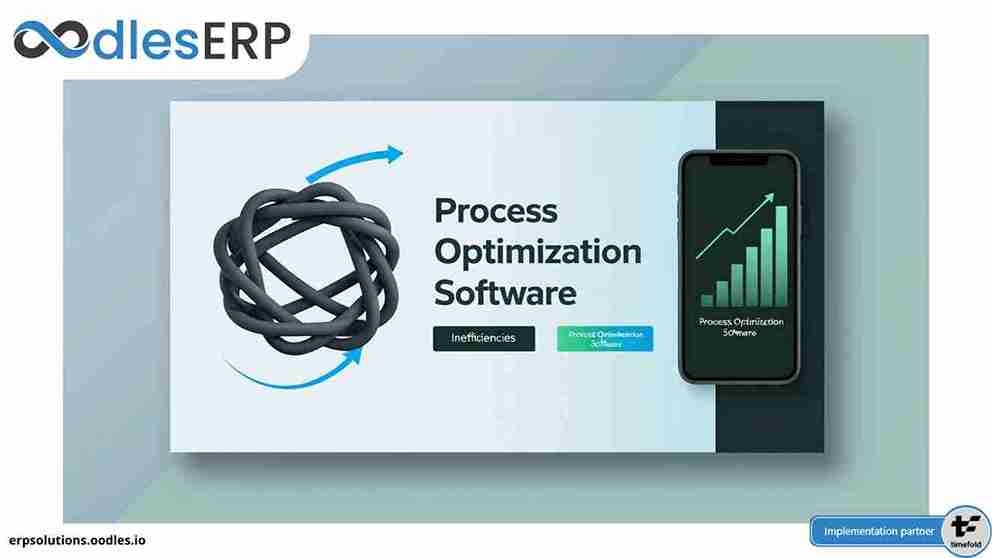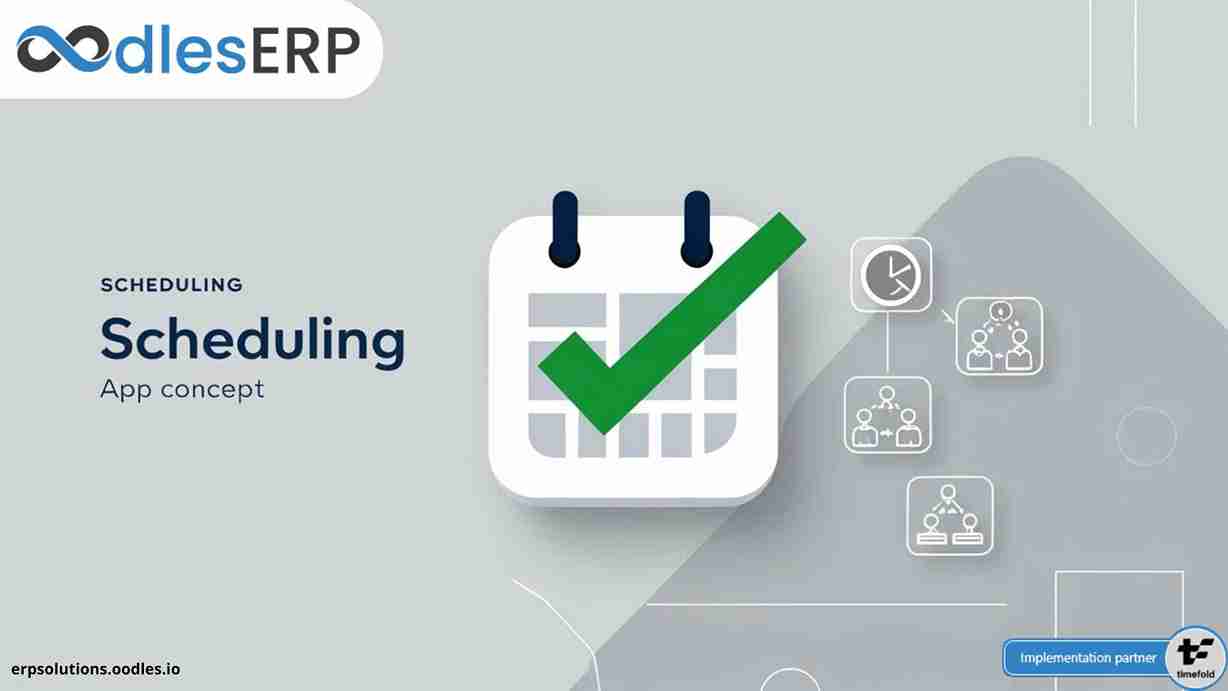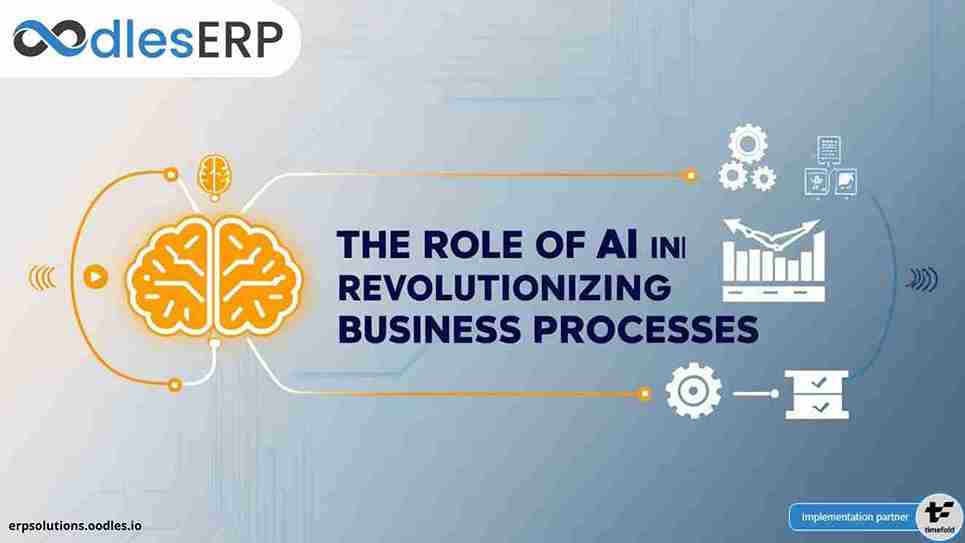The main advantage of ERP application development is that these systems seamlessly integrate a number of enterprise modules into a centralized platform, enabling enterprises to gain centralized access to diverse business processes. However, as technology evolves and business needs change, traditional ERP systems may start to show signs of age and inefficiency. This is where ERP application modernization becomes crucial to ensure that an organization's ERP remains agile, scalable, and future-ready.
Also, Read The Ideal Approach For Enterprise Application Modernization
Understanding ERP Application Modernization
ERP application modernization is the process of upgrading, redesigning, or re-architecting a given enterprise application that generally involves migrating it from its existing tech stack. It is done mainly to overcome software compatibility issues that are often encountered with legacy systems. It involves adopting innovative technologies, optimizing workflows, and enhancing user experiences to drive operational excellence and competitive advantage. That being said, it is essential to consider upgrading your legacy enterprise systems before they become obsolete and outdated. Below, we shed light on the importance of ERP application modernization with a focus on its key driving factors.
The Key Driving Factors For ERP Application Modernization
As it turns out, there are several factors that influence the need for ERP application modernization that are given below.
Outdated Technology
Legacy ERP systems generally rely on outdated technologies due which enterprises may face compatibility issues while integrating them with modern-day applications. Besides, it poses greater security risks as enterprise systems become obsolete and outdated. As such, ERP application modernization ensures seamless integration with third-party systems that are built on the latest tech stack.
Scalability and Flexibility
Traditional ERP systems may be incapable of handling increased data volumes as a business grows and expands. In such cases, ERP application modernization enables enterprises to easily scale their applications to efficiently handle data from multiple sources while remaining flexible enough to adapt to changing market conditions.
Enhanced User Experience
While designing an ERP system, it is crucial to consider having an intuitive user interface that lets you centrally manage different aspects of your business. Modernizing your existing enterprise applications is a tried and tested way to improve user experience which ultimately leads to better user adoption and productivity.
Data-Driven Insights
Business intelligence and data analytics have become important aspects of a business that aid strategic decision-making. That said, ERP application modernization may effectively harness your mission-critical business data to provide real-time insights into business processes. It enables organizations to take better and informed decisions for effective business process management.
Mobile Accessibility
With the rise of remote work and mobile devices, employees need access to ERP systems on the go. Modernization can facilitate mobile ERP applications, enhancing workforce mobility and productivity.
You may also like to read The Multi-Cloud Strategy For Legacy Application Modernization
Key Steps In ERP Application Modernization
Now that we have discussed the important driving factors for ERP application modernization, it is time to explore the key steps involved in ERP application modernization.
Assessment and Planning
When it comes to ERP application modernization, it is important to conduct a thorough assessment of the existing ERP system. That being said, enterprises must identify all the potential challenges, pain points, technological limitations, and take appropriate steps to overcome them. Besides, there must be a comprehensive modernization strategy in place that clearly outlines the objectives, timelines, and resource requirements.
Selecting The Right Modernization Approach
Once we have a clear roadmap in place, the next step is to select the ideal approach for ERP application modernization. The modernization approach must align with the organization’s goals and objectives. For instance, an enterprise may choose incremental updates over a complete system revamp if it meets its immediate needs and long-term requirements.
Cloud Adoption
Cloud adoption is a crucial step that involves moving your on-premise ERP application to the cloud to achieve numerous benefits including increased scalability, accessibility, and interoperability. Nowadays, an increasing number of enterprises are opting for cloud ERP solutions because of the aforementioned benefits and affordable pricing. However, enterprises that currently use on-premise systems may avail ERP application modernization services to seamlessly migrate to the cloud platform.
Integration and Interoperability
An ERP application, upon modernization, may seamlessly integrate with modern-day applications that were previously incompatible with legacy systems. As a result, it becomes easier to add/integrate new modules as a business grows and expands. This, in turn, facilitates seamless interoperability between diverse enterprise applications by providing centralized access to business data.
Embracing Next-Gen Technologies
ERP application modernization allows organizations to keep pace with the latest technological advancements while embracing next-gen technologies like AI, machine learning, Internet of Things (IoT), Big Data, and Robotic Process Automation (RPA). These technology integrations may significantly enhance the features and capabilities of your existing enterprise systems without jeopardizing the business data.
Data Security and Compliance
Modernization efforts must prioritize data security and compliance. This involves implementing robust security measures, data encryption, access controls, and adhering to industry-specific regulations.
Also, Read The RPA Approach To Legacy Application Modernization
The Final Verdict
ERP application modernization is not merely an option; it's a necessity for organizations looking to thrive in an ever-changing business landscape. By embracing innovation, scalability, and user-centricity, businesses can unlock the full potential of their ERP systems and empower their workforce to achieve long-term business goals. The journey toward modernization may seem daunting, but the rewards it brings in terms of efficiency, flexibility, and competitiveness are well worth the effort. A forward-looking approach to ERP application modernization is a decisive step toward building a future-ready enterprise.
How We Help You With ERP Application Modernization?
We are a 360-degree ERP application development company that provides end-to-end enterprise solutions to overcome complex business challenges. Our development team specializes in building performance-driven business applications that are easier to scale. We use open-source platforms like Odoo, OFBiz, ERPNext, and next-gen technologies to build high-quality enterprise solutions at cost-effective rates. Contact us at [email protected] to learn more about our ERP application modernization services.










